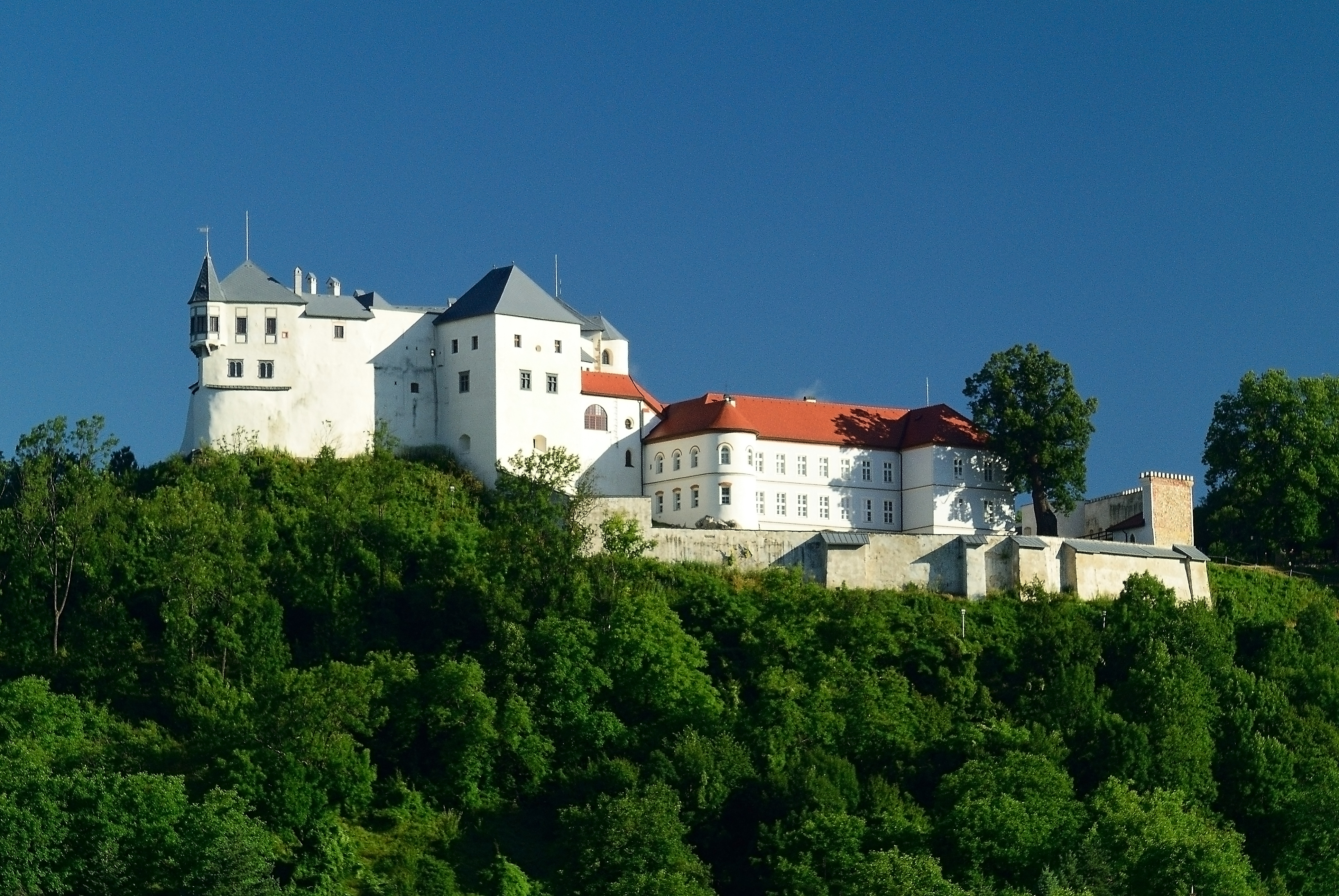|
ДЅupДЌa Castle
The ДЅupДЌa castle towers above the village SlovenskГЎ ДЅupДЌa. It's the highest located castle building in the Hron area (''Pohronie''). The castle is built on the north side of a relatively narrow fold of the Hron which is closed by the slopes of the Slovak Ore Mountains (''SlovenskГ© Rudohorie'') from the south and by the slopes of the Low Tatras from the north. The oldest part of the castle is built on the isolated rock on the last hill of the Low Tatras jag with an altitude of 375m above sea level. History 13th century After the plundering invasion of the Tatars in 1241 only the stone architecture fortresses withstood the invaders. Therefore BГ©la IV of Hungary decided to build defensive structures and castles in the middle of the 13th century. The ДЅupДЌa castle was one of them. According to preserved written reports the castle was built on an important medieval road called Via Magna and served as a checkpoint on the road from BanskГЎ Bystrica to Brezno. In 1255 the castle ... [...More Info...] [...Related Items...] OR: [Wikipedia] [Google] [Baidu] |
SlovenskГЎ ДЅupДЌa
SlovenskГЎ ДЅupДЌa is the largest village in the BanskГЎ Bystrica District of central Slovakia. Geography The altitude of SlovenskГЎ ДЅupДЌa ranges from 370 to 699 metres, with the centre of the village lying at 378 metres. The municipality covers an area of 33.325 km2. It is situated about 10 km east of BanskГЎ Bystrica, in the Hron river valley. SlovenskГЎ ДЅupДЌa is part of two administrative units, the BanskГЎ Bystrica District and the BanskГЎ Bystrica Region. History In historical records the village was first mentioned in 1250. It was founded on an ancient trade route Via Magna connecting Buda to KrakГіw. The settlement was built around two important political and social centers: a castle and a monastery. A favorite residence of the influential noble Magister DonДЌ, SlovenskГЎ ДЅupДЌa was elevated to a town by Charles I of Hungary, Charles I in 1340. SlovenskГЎ ДЅupДЌa lost its town charter in the 19th century. The development of the village in the 20th century wa ... [...More Info...] [...Related Items...] OR: [Wikipedia] [Google] [Baidu] |
